How to Bring Your Plants Indoors for Winter
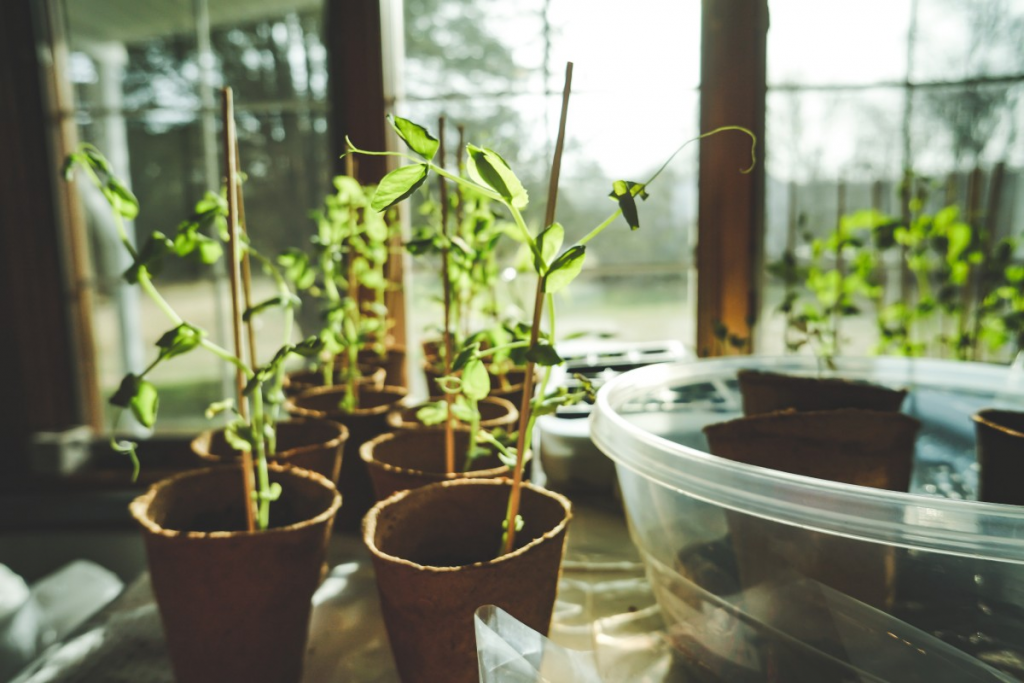
By Clarence Washington
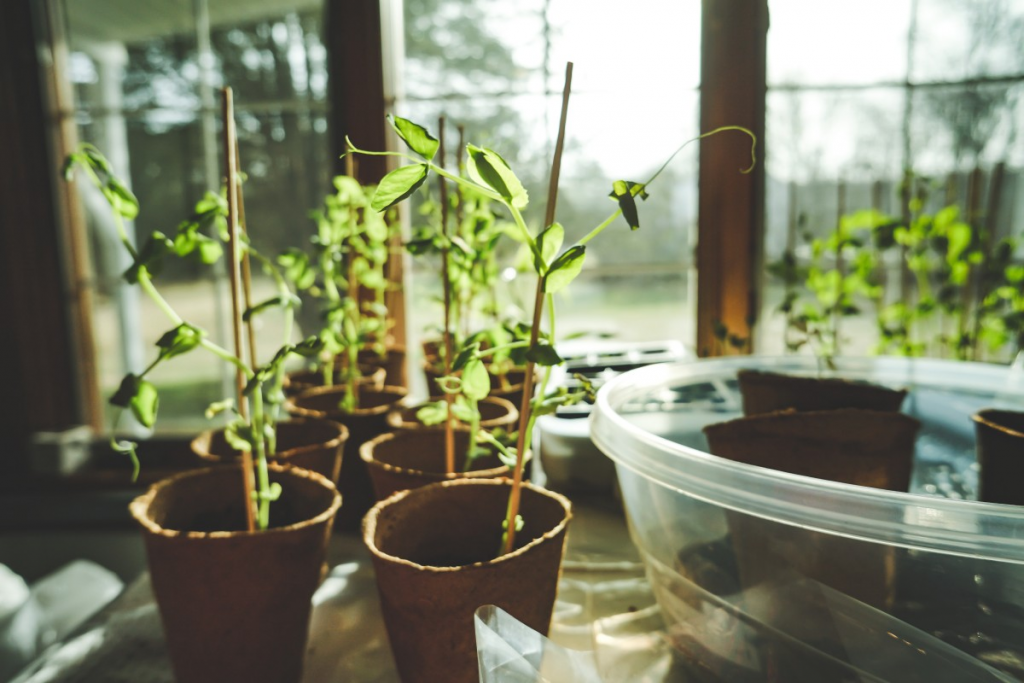
Winter is the perfect time for hibernating. It’s the season for cozy fires, flannel sheets,
space heaters, warm puffy coats, and that all-important electric blanket. You can
survive winter’s freeze, but it’s a bit more challenging for outdoor plants if they’re not
native to the region. Frost occurs when the thermometer dips below 32 degrees
Fahrenheit, especially under clear skies. Ice crystals can damage or kill off tender
vegetation.
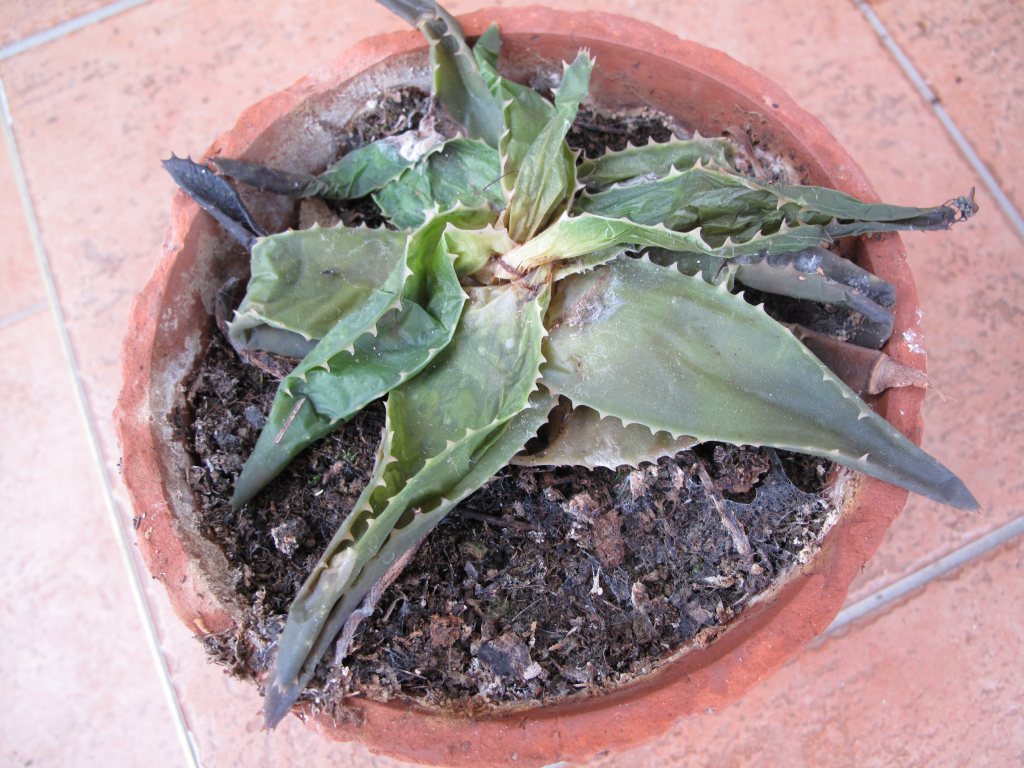
Frosted leaves shrivel and turn black or dark brown. Ice crystals soak into plants and
keep water from moving through vegetative tissues. Damage on outdoor plants often
appears in early spring, but a quick temperature drop after a mid-winter thaw may cause
barks and stems to split. Frost injury affects branches, twigs, ground cover, and
shrubbery. It will also kill indoor houseplants left outdoors.
While it’s not possible to bring shrubbery and established outdoor greenery inside, you
can protect potted plants from the harsh temperatures by bringing them indoors.
Step No. 1: Monitor the Temperature
Most houseplants can’t tolerate temperatures below 45 degrees. Keep an eye on the
thermometer and start the process of acclimating the plants when lows reach 50
degrees. Light and humidity are very different from outside to inside. An abrupt transfer
can send the plants into shock, causing their leaves to wilt and drop.
Step No. 2: Inspect the Foliage
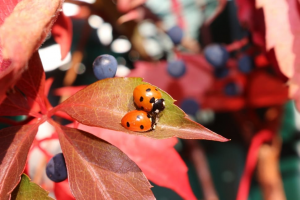
Houseplants that have enjoyed the summer sun may now be infested with insects. Check the plants for spider mites, mealybugs, aphids, and other tiny critters. These pests would love the opportunity to jump on other indoor plants. With a water sprayer, hose off the plants before bringing them inside. Apply neem oil as a precaution.
Step No. 3: Prune or Repot
Soaking up the sunshine provides food and energy for greenery; chances are your
plants have grown. If you prune them back, do not clip off more than one-third of the
leaves and stems. Prune the roots the same amount as the foliage. Use bigger
containers when repotting.
Step No. 4: Choose a Location
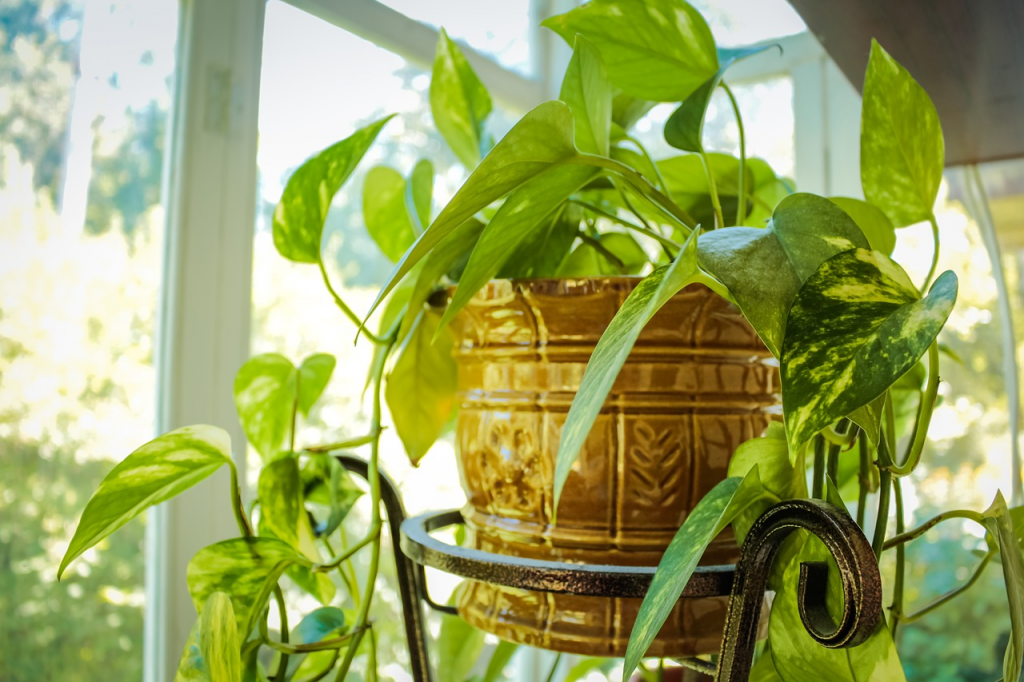
Before bringing your plants inside, determine the location that best suits them — even
shade plants need filtered light. The best place is near a south-facing window, but you
can place them wherever the light streams in. If need be, plant lights are available at
your local garden store.
Drafty window panes and poor insulation can damage greenery and blooms. Dry air is a
problem for windows near heaters and radiators.
Step No. 5: Alternate
Start the acclimation process by bringing plants inside at night and taking them back
outside in the morning. Do this for several days. Increase the number of hours that
plants are indoors until you can keep them in all day. Indoor plants won’t drink as much
water as they did when they were outside. Water them only when the soil is dry.
Bringing Plants Outdoors
When spring temperatures remain above 60 degrees Fahrenheit both day and night, the
plants are ready to go outside. Much like taking them indoors, you’ll want to keep them
out for a few hours a day so they can get used to the new environment.
Plant Health
Unhealthy plants are not always easy to spot with the naked eye, but tell-tale signs are
often there. When leaves are yellow and wilting, appear fuzzy and have holes in them,
the plant is in trouble. If a plant is yellowing, it may be in soil that’s too warm, have
insufficient light (or an overabundance of it), or it may have grown too big for the pot.
The roots need room to spread. Older plants may be lacking nitrogen, potassium, or
magnesium. Root rot and overwatering also contribute to sick plants.
Bringing plants indoors for the winter keeps them alive so you can enjoy them again in
the spring. The greenery also improves the air inside and helps you through those long,
drab days of winter.
Clarence Washington is a longtime landscaper sold on native plants and biodiversity.
His backyard is a certified wildlife habitat.
